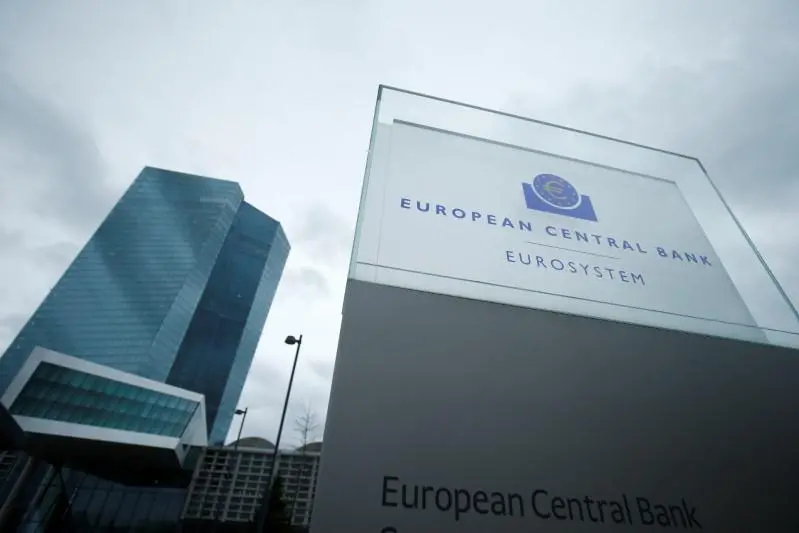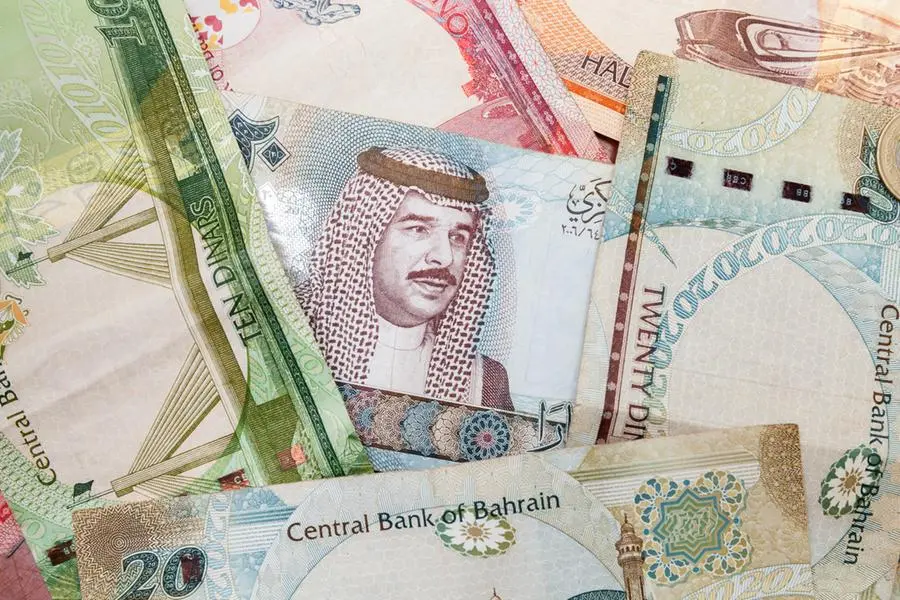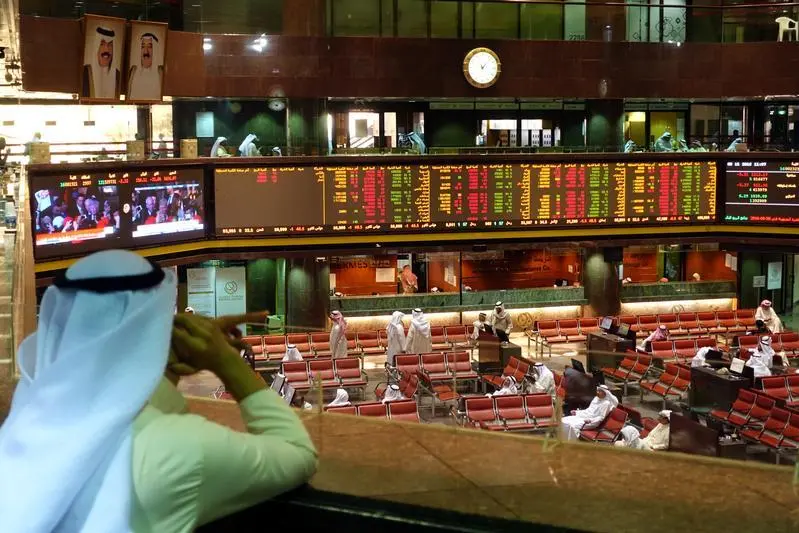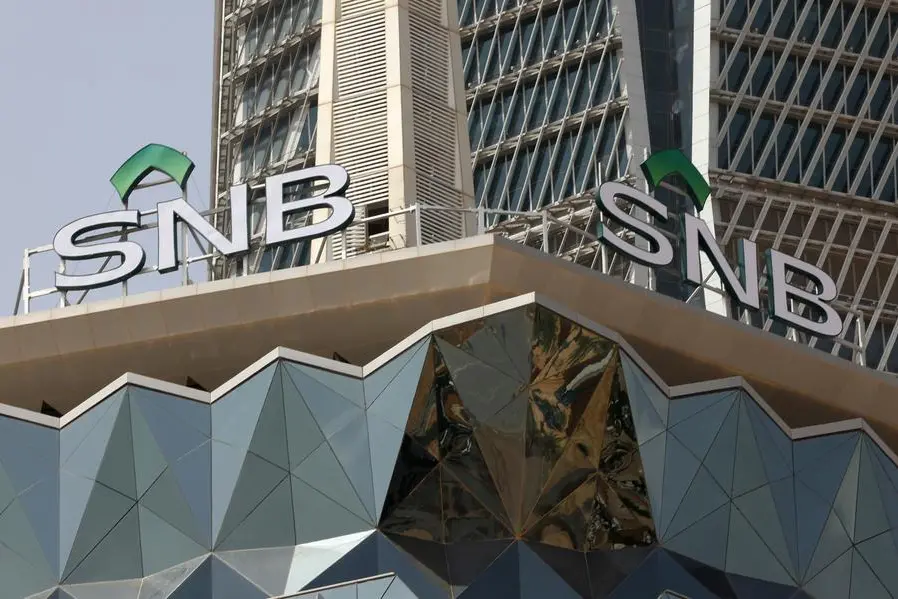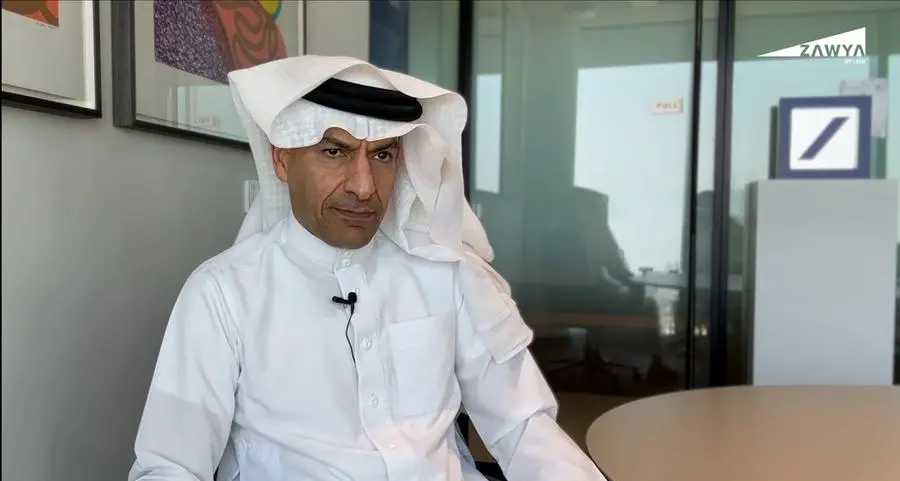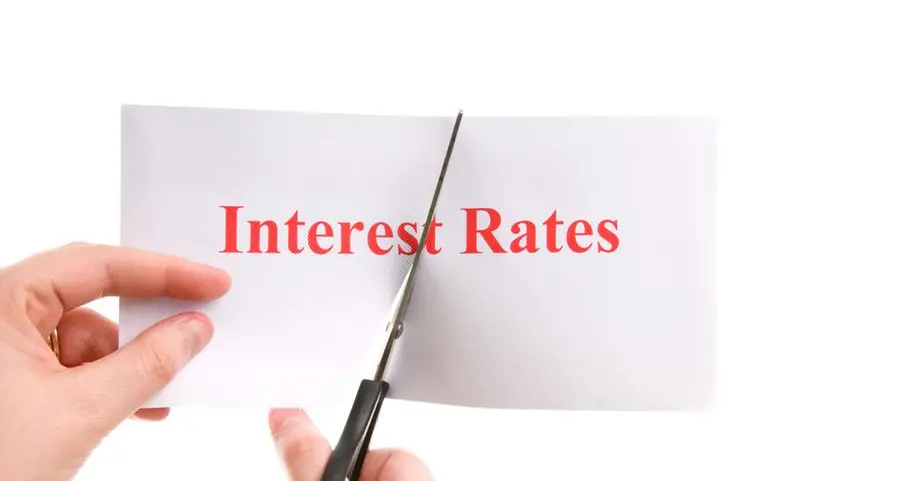PHOTO
LONDON - Investors are increasingly confident the European Central Bank may lead global peers with a rate cut in June as new economic projections put on-target inflation in sight.
Markets took Thursday's ECB revisions as further confirmation that interest rate cuts would start soon. The ECB lifted its key rate to a record 4% in its fastest paced hiking cycle in its history, from July 2022 to last September.
Policymakers now see inflation, which surged to a peak over 10% in 2022, falling to its 2% target next year, rather than in 2026.
Germany's interest rate sensitive two-year bond yield fell as much as 10 basis points (bps) to a three-week low as market rate cut expectations rose. European stocks rallied 1%, the euro briefly slipped.
Traders became more confident that cuts would start in June, seeing over a 90% chance, from 85% earlier on Thursday.
ECB chief Christine Lagarde emphasised the bank would have seen a lot more data in June.
Lagarde "was as explicit as she could be for a June rate cut", said Danske Bank chief analyst Piet Christiansen.
Markets now see the ECB lowering rates by just over 95 bps this year, versus just over 90 bps before the meeting.
Another source of comfort was relative optimism on wage growth, which the bank has singled out as the single most important factor determining whether it can cut rates.
"The ducks are lining up", said Seema Shah, chief global strategist at Principal Asset Management, which manages $700 billion, noting Lagarde's comment that wage growth was moderating.
Confidence in a June cut also marks the latest victory for policymakers, who just weeks ago were trying to tame trader bets on speedier rate cuts.
After January's ECB meeting investors had expected 140 bps of rate cuts this year commencing in April, now they expect nearly two less moves.
Germany's benchmark 10-year bond yield is nearly 30 bps higher than at the start of 2024, meaning tighter financial conditions.
The risk to all the optimism, of course, is what economic data shows. And while acknowledging slowing wage growth, the ECB said wages were still keeping price pressures high.
"There is a clear road map so anything that goes in the opposite direction of this would be disruptive for markets," said Gilles Moec, chief economist at insurer AXA Group, citing an acceleration in wages of inflation, especially from the services sector, as examples.
WHO FIRST?
As conviction grows the ECB will likely move in June, focus also turns to whether it will cut before the U.S. Federal Reserve, in what would be an unusual move.
Currency traders will be watching closely as relative interest rates are a key market driver. The dollar was broadly soft on Thursday, meaning that a post-ECB fall in the euro was brief.
Traders on Thursday saw a similar chance of the ECB and Fed cutting rates in June.
But they have started to flag the risk that the Fed might not be able to cut rates at all this year if the world's largest economy holds strong.
And they don't doubt the ECB can move first given a much weaker economy. Still, some economists reckon moving before the Fed could dampen how much the ECB cuts overall.
"Where uncertainty remains is in terms of the pace of easing once the rate cutting cycle starts," said Frederik Ducrozet, head of macroeconomic research at Pictet Wealth Management.
Ducrozet expected an ECB pause in July after a June cut, then 25 bps reductions per meeting from September while a weaker economy relative to the U.S. might require further easing in 2025.
"That's where the potential for market re-pricing looks greater," he added.
For now, what may be more significant for euro zone markets is the spillovers from swings in U.S. rate cut expectations and Treasuries given that euro zone and U.S. bonds have moved in tandem at a record pace recently.
"We import a lot of this tightening and easing from the U.S," said Danske Bank's Christiansen.
"So, this repricing we've seen in rates is actually coming more from the U.S. rather than a repricing on European fundamentals."
(Reporting by Yoruk Bahceli and Dhara Ranasinghe, Editing by Ed Osmond)
